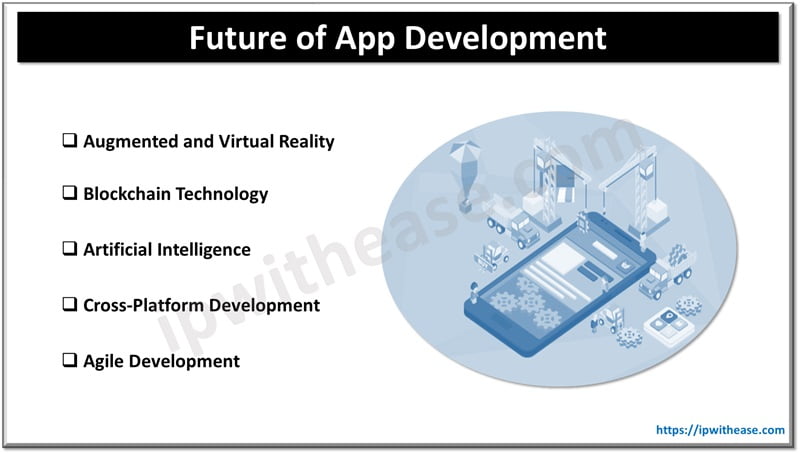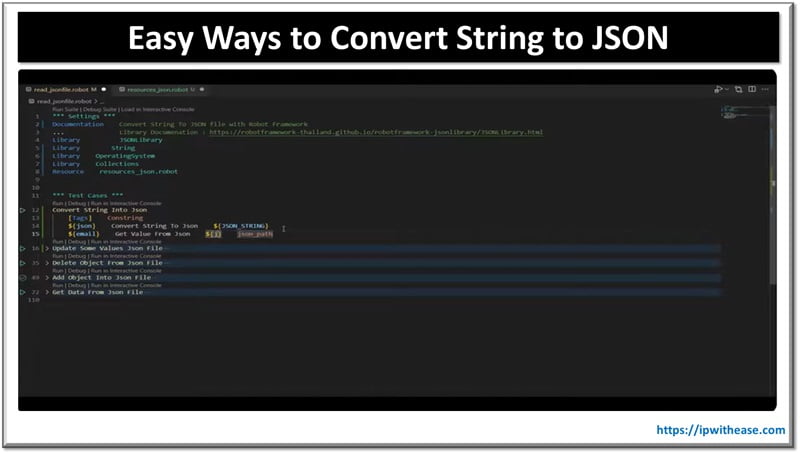Table of Contents
Introduction to Python
To become a Python programmer, its essential to stay up-to-date with the latest trends. By keeping your skills sharp and learning the latest technologies, you can position yourself as a top tech talent and increase your chance of landing a rewarding job in the growing field of Python programming.
Python is fast rising through the ranks of Java programming languages. Python programmers are in high demand, but supply is limited. This implies that they are well compensated.
Python is one of the most popular programming languages due to its object-oriented features and versatility. It is thought to be the ideal language to learn first for newbies.
Python is a programming language used to develop desktop GUI applications, websites, and web applications. Since its launch, It has become the most sought-after programming language for developers working in Artificial Intelligence, Data Science, Machine Learning, Web Development, and Data Mining. It is often used as a scripting language for web applications.
Needless to mention, if you’re a developer, then Python must be at your fingertips.
How to become a Python Programmer?
If you’re still reading this, you’ve presumably decided to pursue a career as a Python programmer. This article will provide you with all of the information you need to become a better Python programmer.
1. Understand the basic concepts and practice
Understanding the fundamental concepts is an essential aspect of the Python programming language. This will provide long-term benefits to the programmer. It will be easier to grasp more advanced concepts if by having a better understanding of the basics.
Even though Python is a high-level language that allows developers to do complicated tasks, it is simple to learn and grasp. It features a simple syntax, making it appropriate for both newbies and senior programmers.
According to Stack Overflow, 30% of engineers have less than two years of experience in a professional environment. Because the competition for high-end employment is high, it’s necessary to practice regularly to stay on top of the current trends.
You can practice some basic concepts like how to initialize array in Python or reverse array in Python.
2. Write Readable code
When writing Python code, make sure it is readable and understandable to others. After all, if other programmers look at the code, they need to understand what is done; otherwise, it won’t count.
There are different guidelines available to help in writing readable Python code. Below are some recommendations to follow while coding.
- Spaces and tabs
- Line breaks
- Comments
- Naming conventions
- Line length management
- String quotes
3. Create a Github Repository
GitHub is a collaborative and version control code hosting platform. More than one developer may collaborate on projects using GitHub. A project in development can be stored in a GitHub repository.
Add Python projects and practice work to a Github repository, even if it’s just a little piece of code, because every bit of effort is valuable.
While looking for a job as a Python programmer, the GitHub repository acts as a résumé. Instead of sending zip files with examples of the work, recruiters may look at it on a developers platform like Github.
4. Write Documentation
A programmer’s documentation must always be reliable and understandable. Documentation makes it easier to keep track of all application elements and enhances a software product’s quality. Development, maintenance, and knowledge transmission to other developers are its significant priorities.
Successful documentation will make information readily available, decrease user entry points, assist new users in learning the product rapidly, simplify the development, and reduce support costs.
Code readability is improved by proper documentation. Keep in mind that the GitHub repository should have a README file containing basic information about the project, such as what it does, which libraries it uses, etc.
5. Debug the Code
When it comes to hitting a bug, it’s unavoidable that you’ll run across one once you start developing complicated applications. It occurs to everyone! Don’t be annoyed by bugs. Instead, take joy in these times and see yourself as a bug bounty hunter.
Debugging is a critical element in figuring out why the code isn’t working correctly. Even if all developers follow the same coding standard, a new software application will almost certainly have bugs.
As a Python programmer, it is essential to use a methodical approach while debugging to assist in figuring out where things are going wrong. A valuable strategy to accomplish this is to go through the code to execute and make sure each section works.
Once it is figured out where things are going wrong, insert the following line of code into the script import and execute it.
pdb; pdb.set trace()
This is the interactive mode of the Python debugger. The debugger can also be launched from the command line by using the following line.
python -m pdb my file.py>
6. Read Senior Developers’ Code
The senior developers have a lot more experience than the junior and mid-level developers. Knowing design patterns, architecture, automated testing, performance, security, and other topics can help a junior developer bridge the knowledge gap between mid-level and senior developers.
When looking at a senior developer’s code, one might wonder whether that’s all. What happened to the remainder of the code? A senior developer creates code that is plain, straightforward, and maybe even silly.
When it comes to programming, this is one of the essential skills a developer can have. Also, a senior developer always follows the KISS principle (Keep It Simple, Stupid) to keep its code clean and straightforward.
7. Contribute to Open Source
Software source code is publicly available in the open-source system, and anybody can contribute. Several open-source Python libraries accept contributions. Many businesses also publish open-source projects. This implies working with code created and produced by these companies’ developers.
The following are some popular open-source Python projects:
- Keras – Open Source, Neural Network library, written in Python
- HTTPie – makes CLI interaction with web services as human-friendly as possible.
- Som-tcp – Solving the Traveling Salesman Problem using Self-Organizing Maps
- TensorFlow – a Machine Learning Framework
- Django – Python web development framework that follows the Model–Template–View (MTV) pattern.
Ending Note
So, if you’ve decided to pursue a career as a Python programmer, be sure to use all of the above mentioned tips to get the most out of your programming abilities! These tips can help you become a better Python programmer in no time.
Keep in mind that it is necessary to keep your skills relevant and frequently practice to stay on top of your game.
Continue Reading:
What is Pylint? Python Programming Tool
Introduction to Python OS Module
Are you preparing for your next interview?
Please check our e-store for e-book on Python Interview Q&A. All the e-books are in easy to understand PDF Format, explained with relevant Diagrams (where required) for better ease of understanding.
ABOUT THE AUTHOR
IPwithease is aimed at sharing knowledge across varied domains like Network, Security, Virtualization, Software, Wireless, etc.



